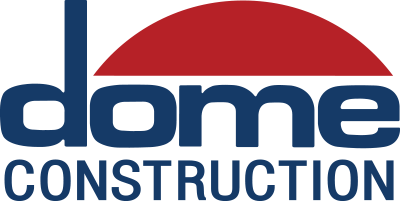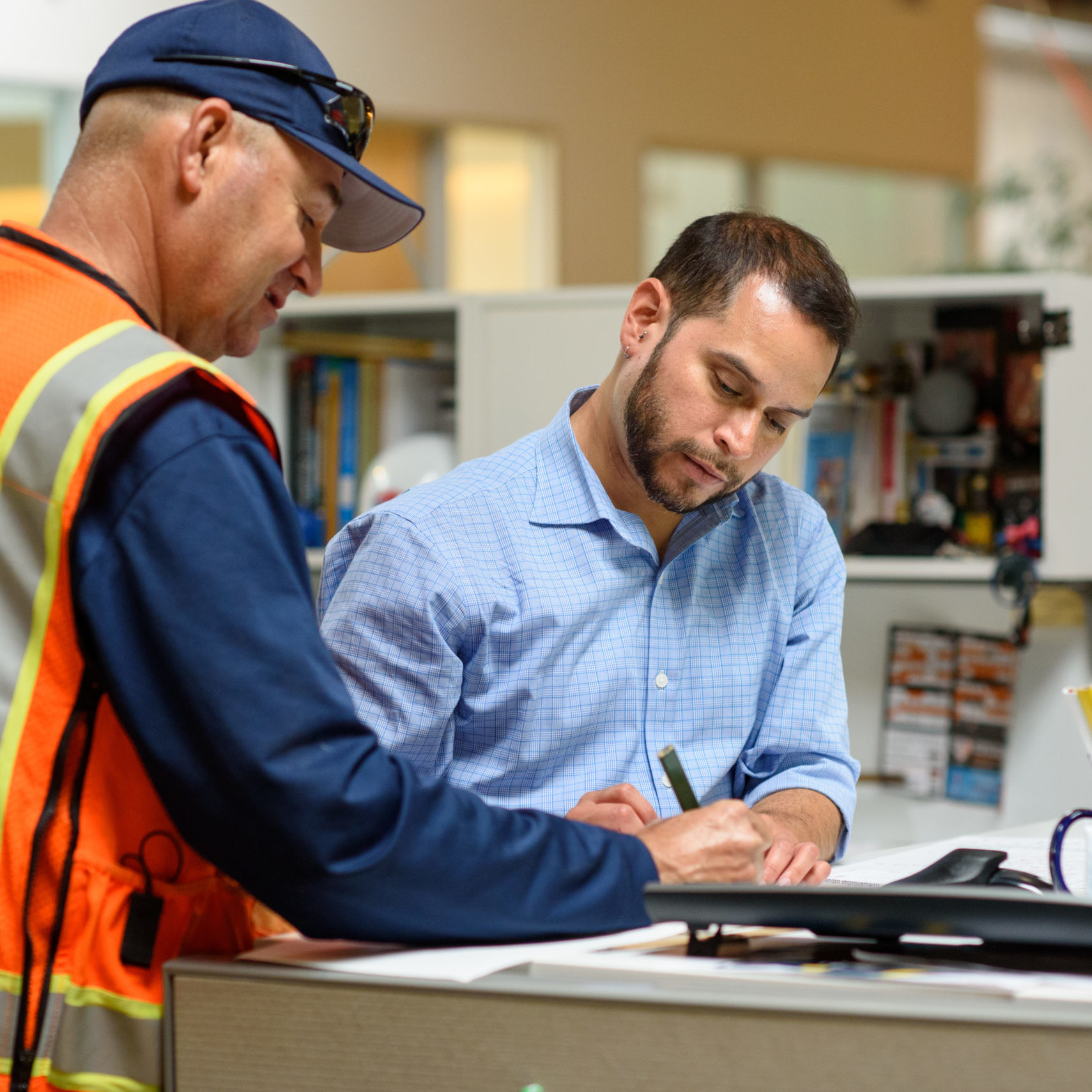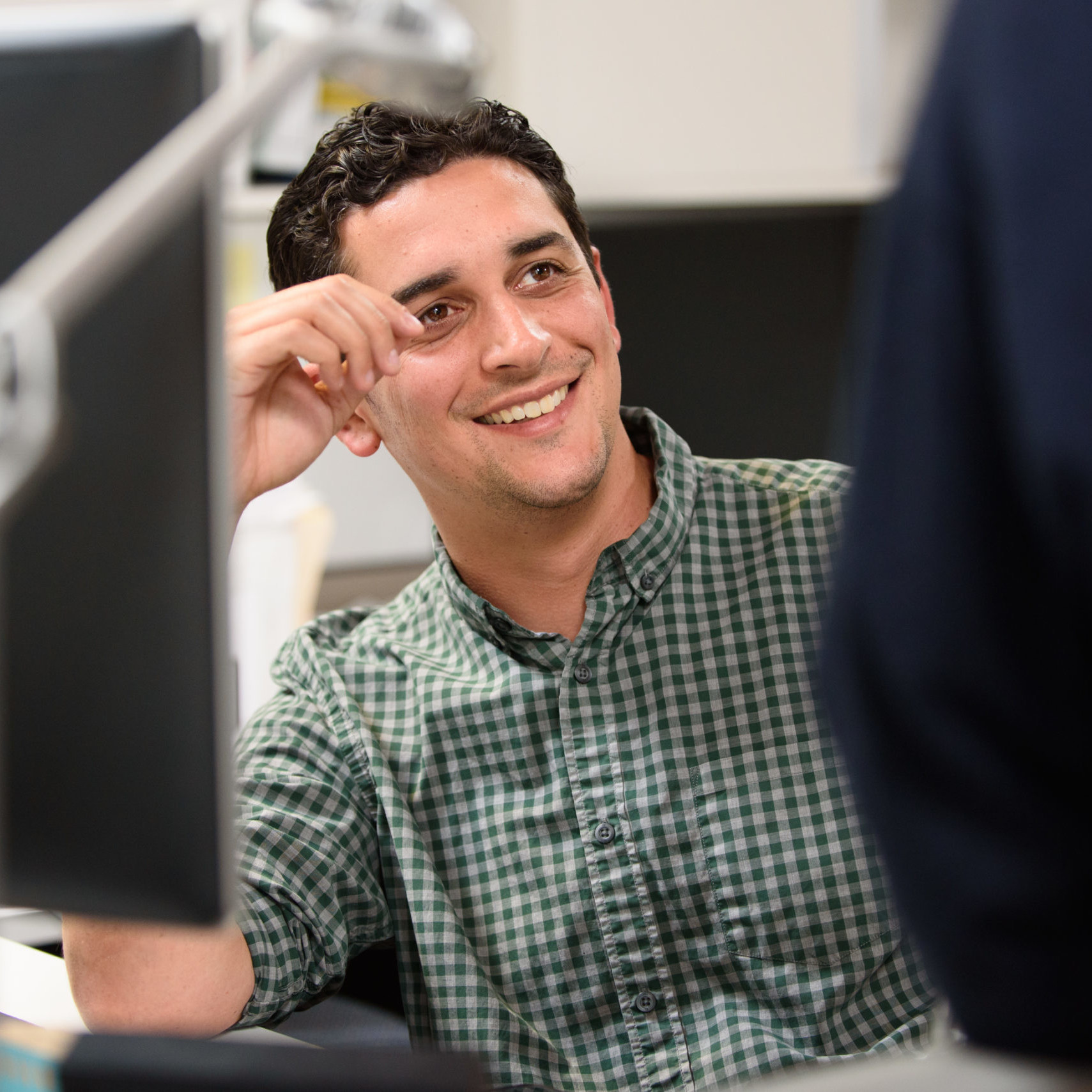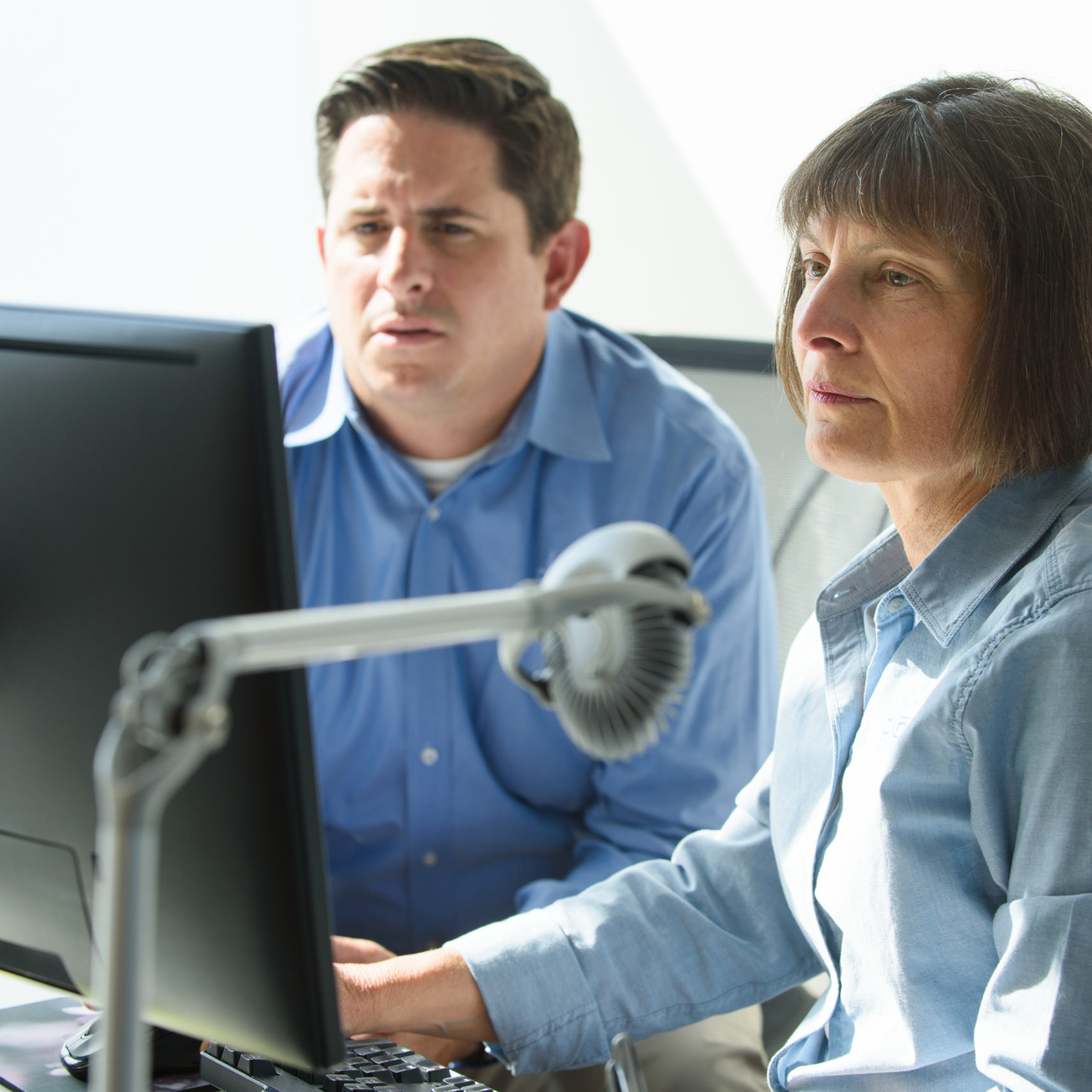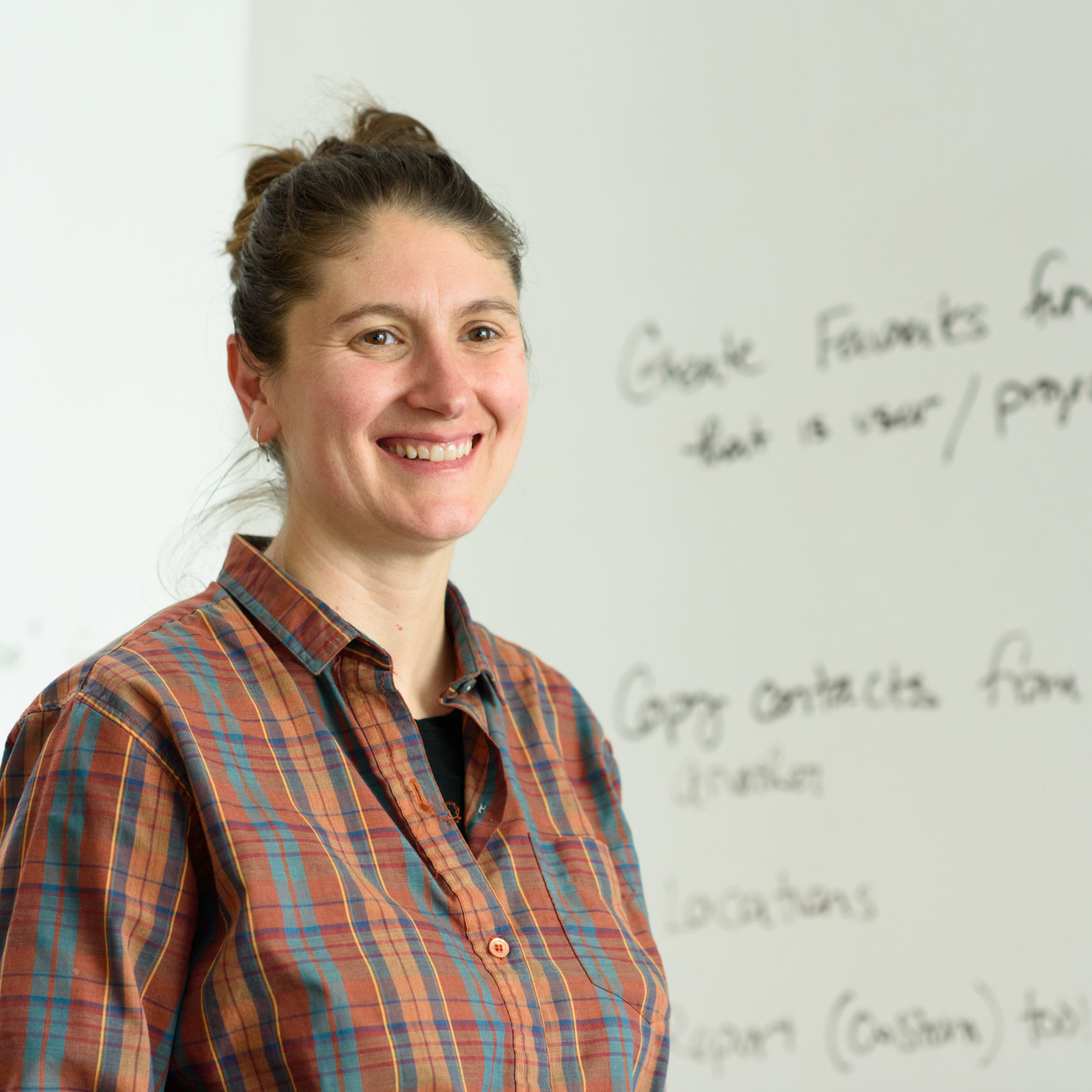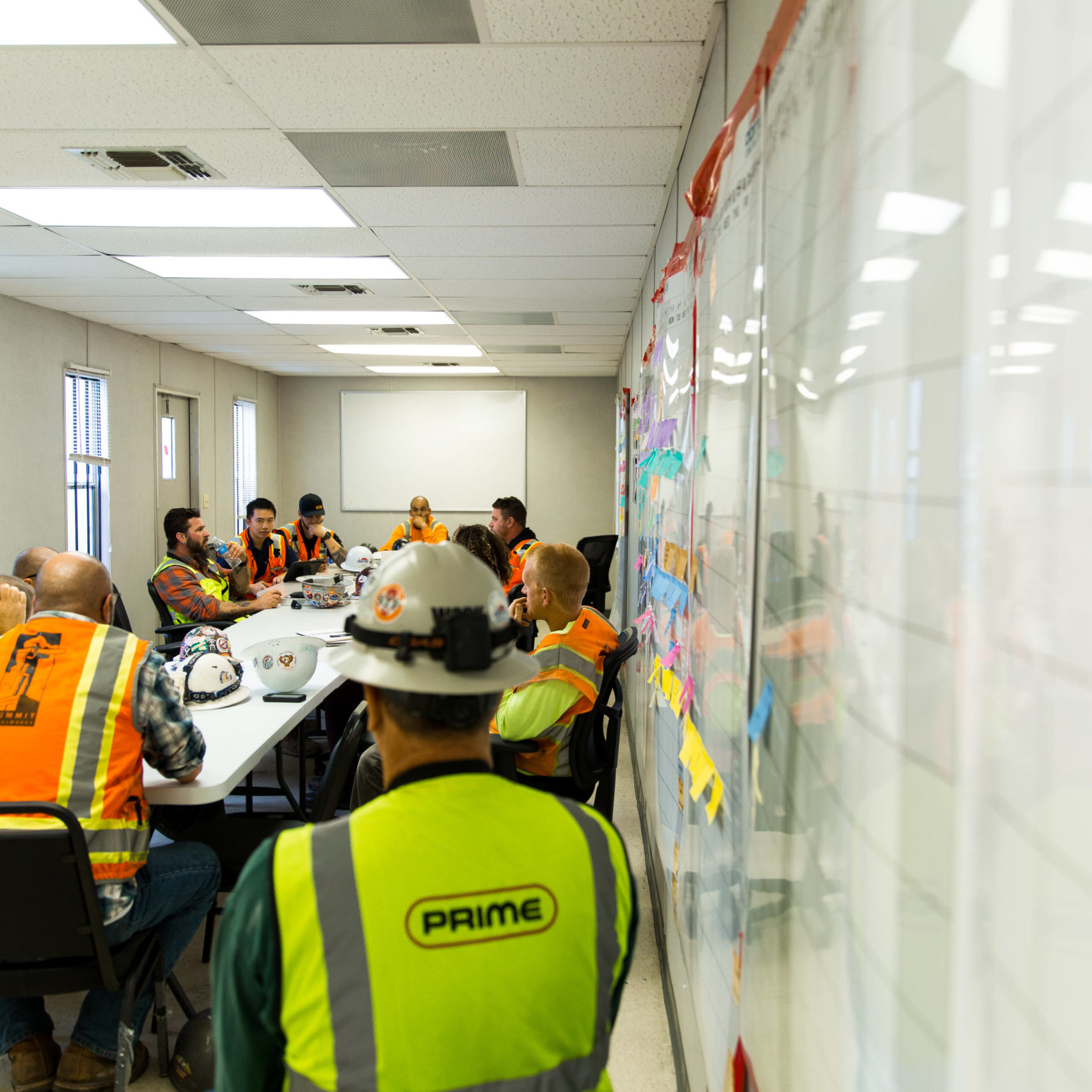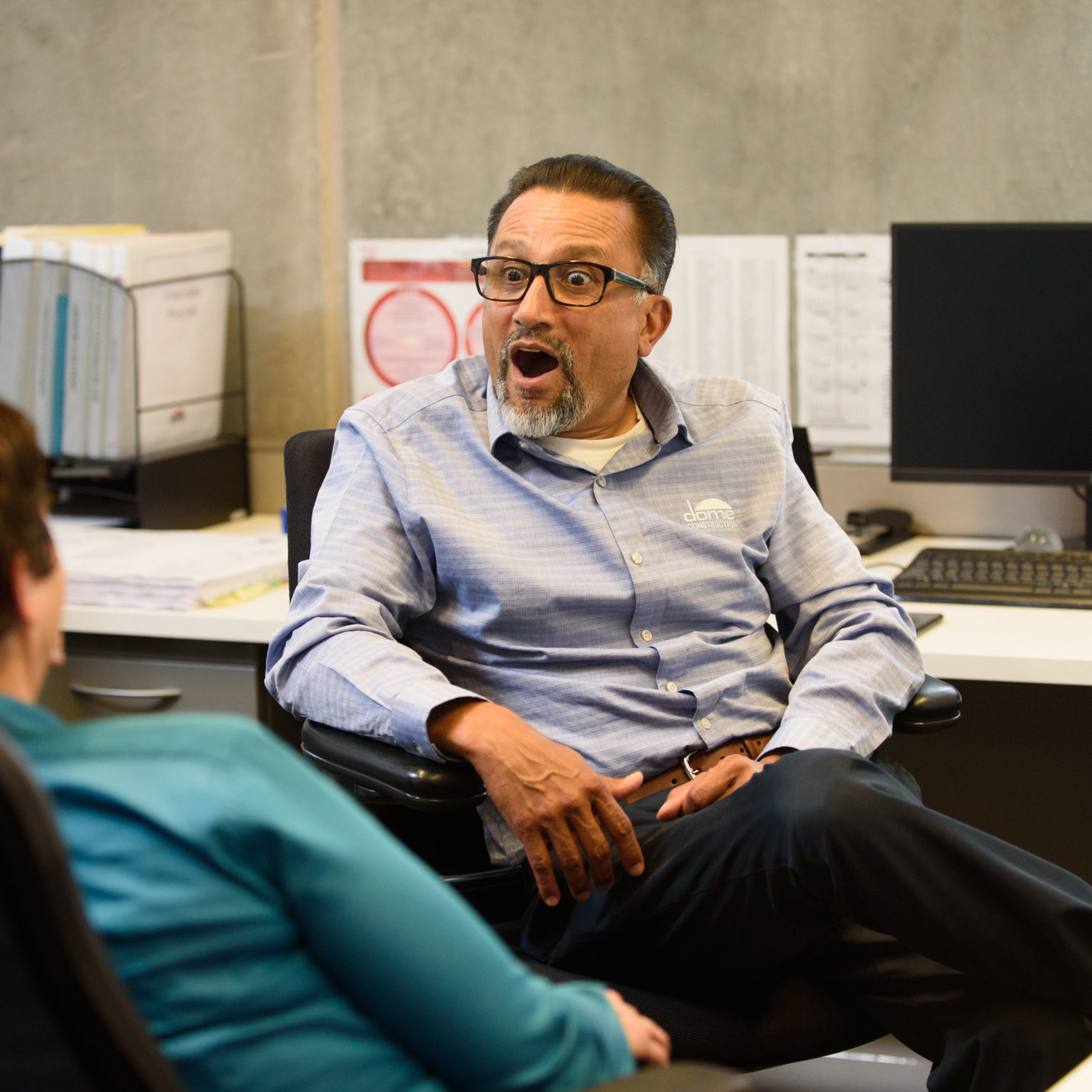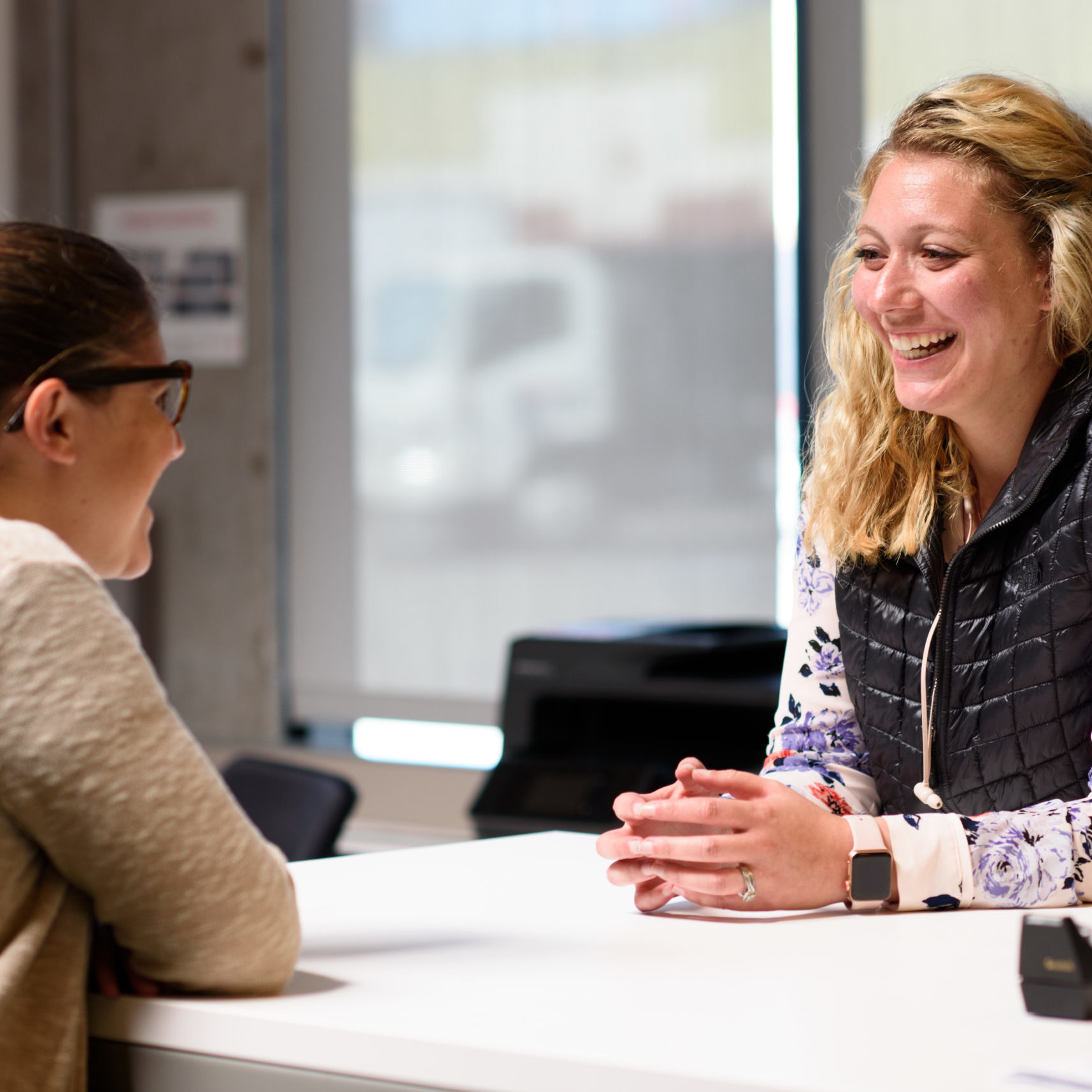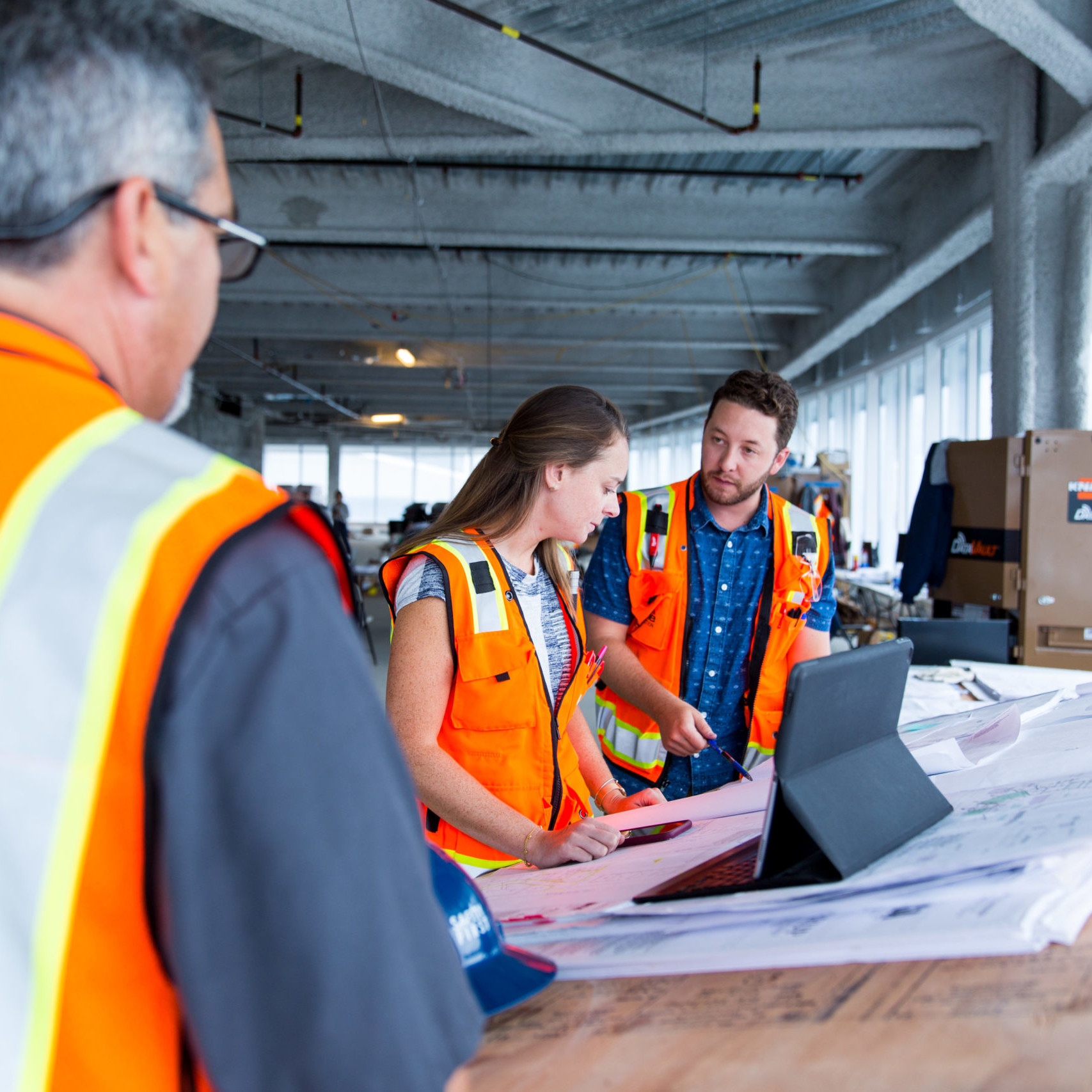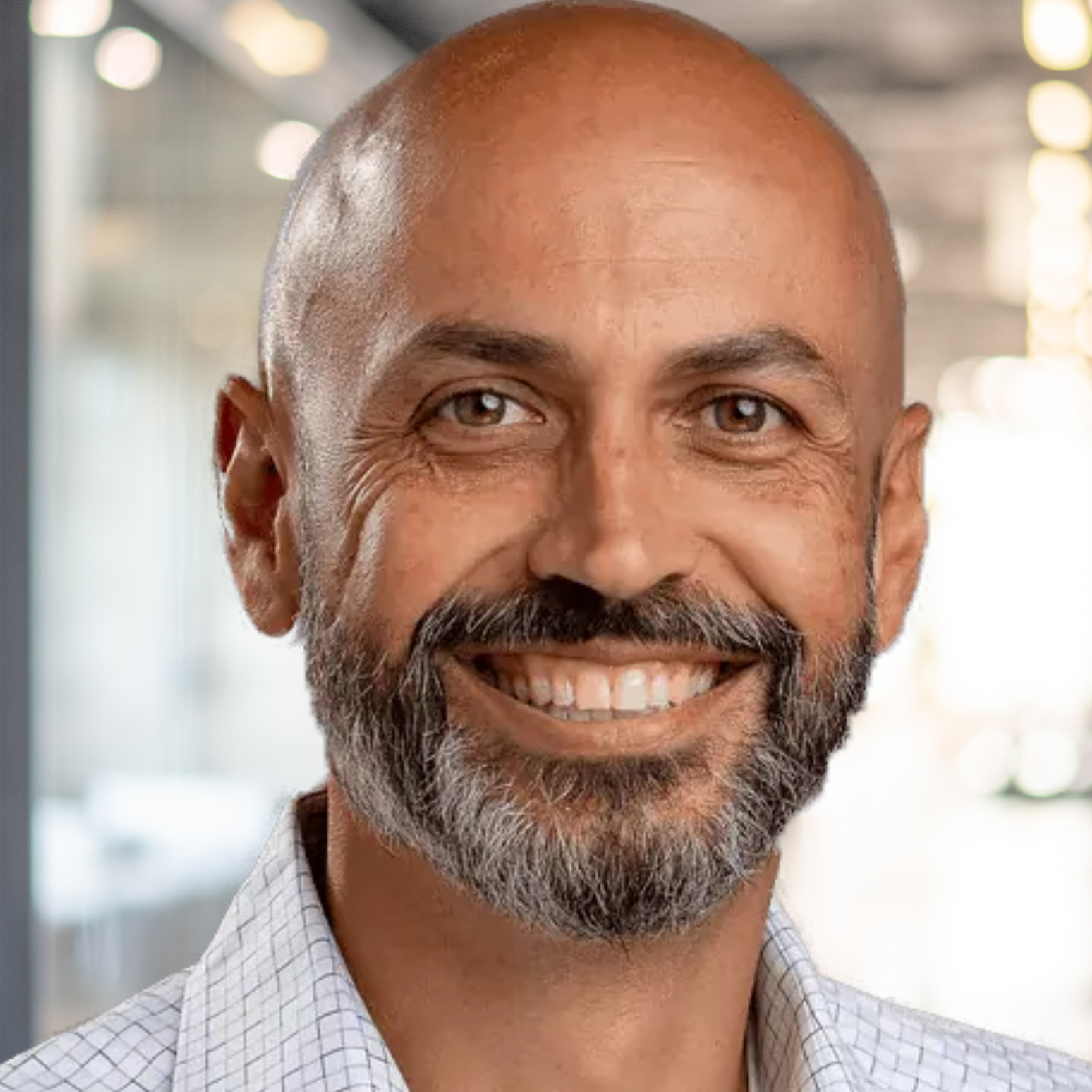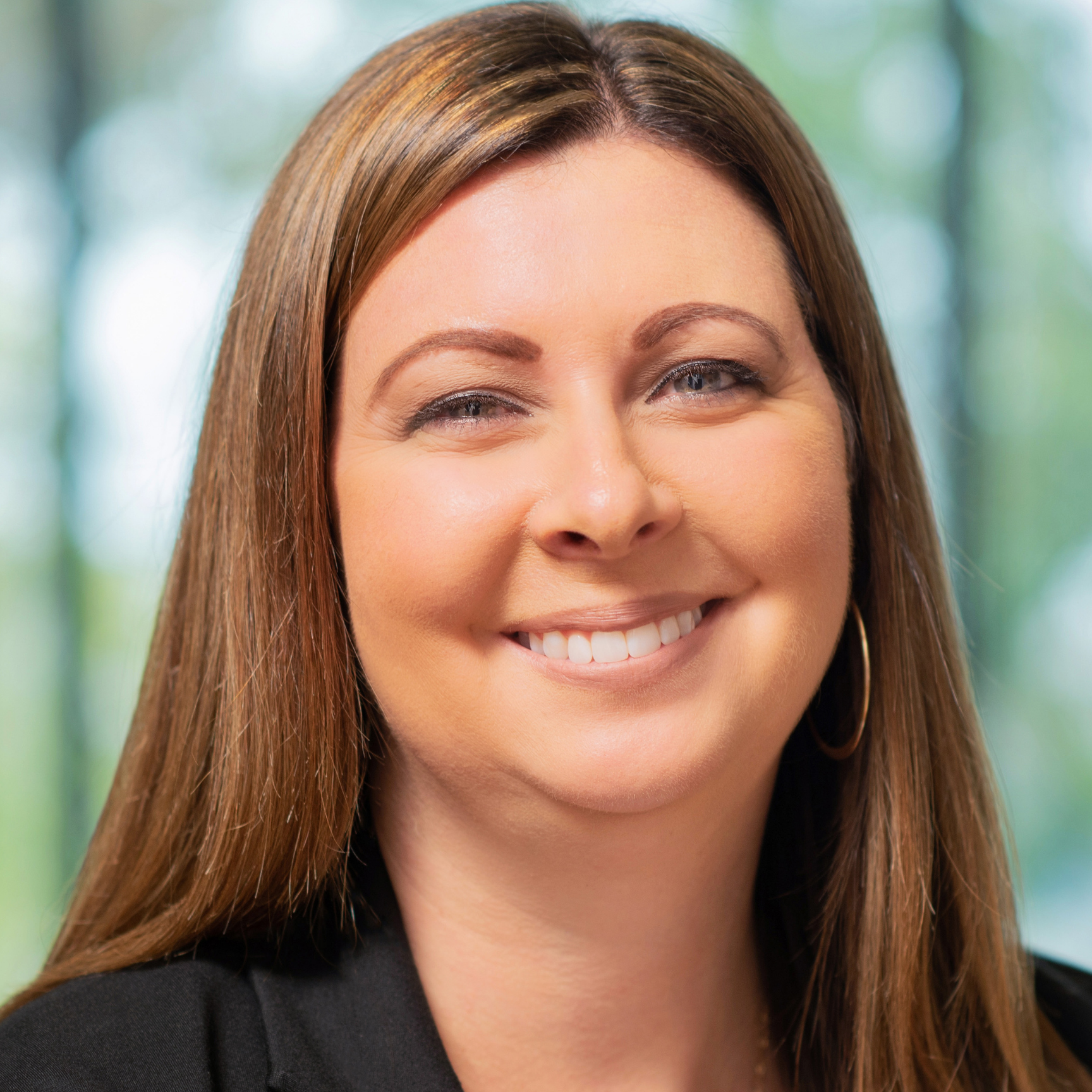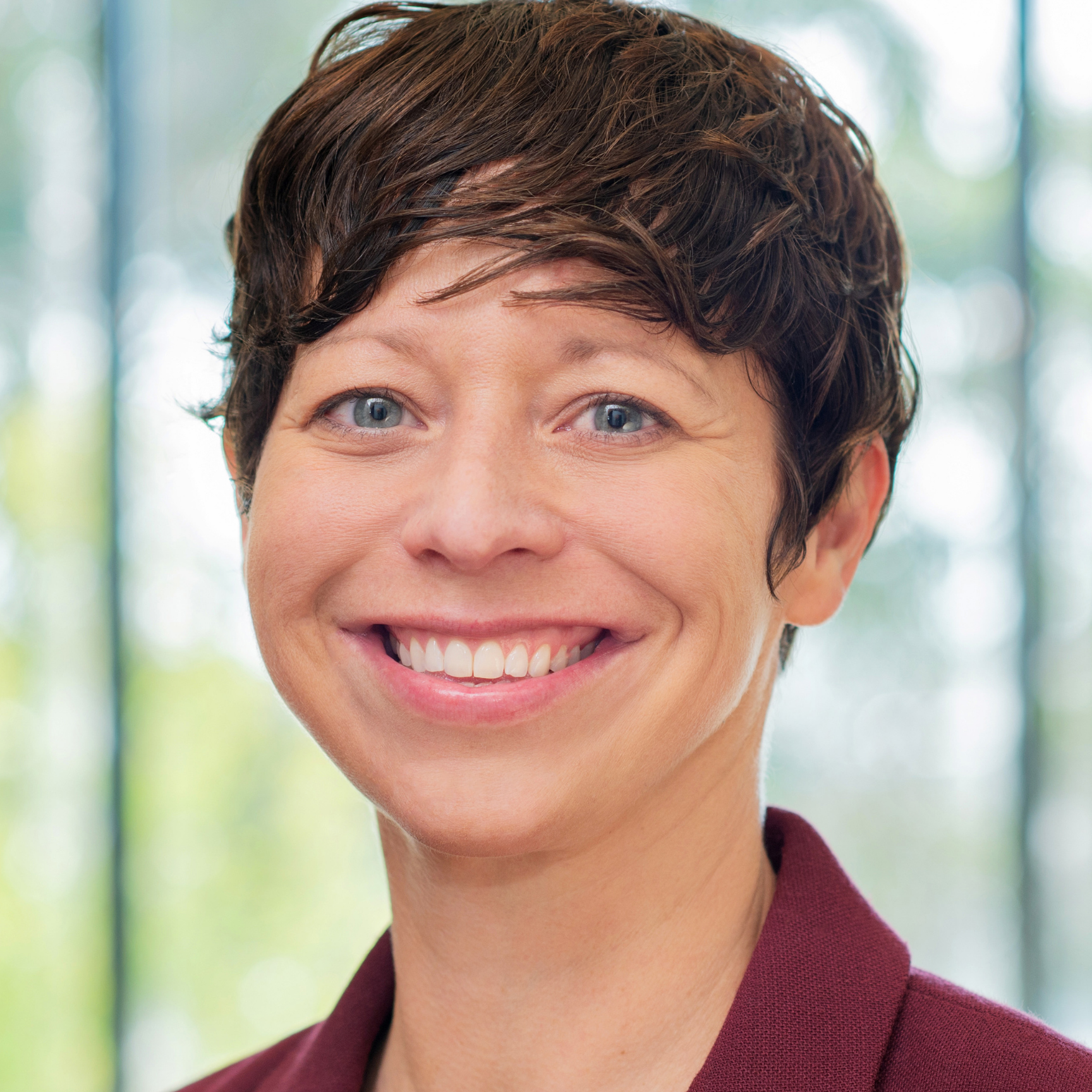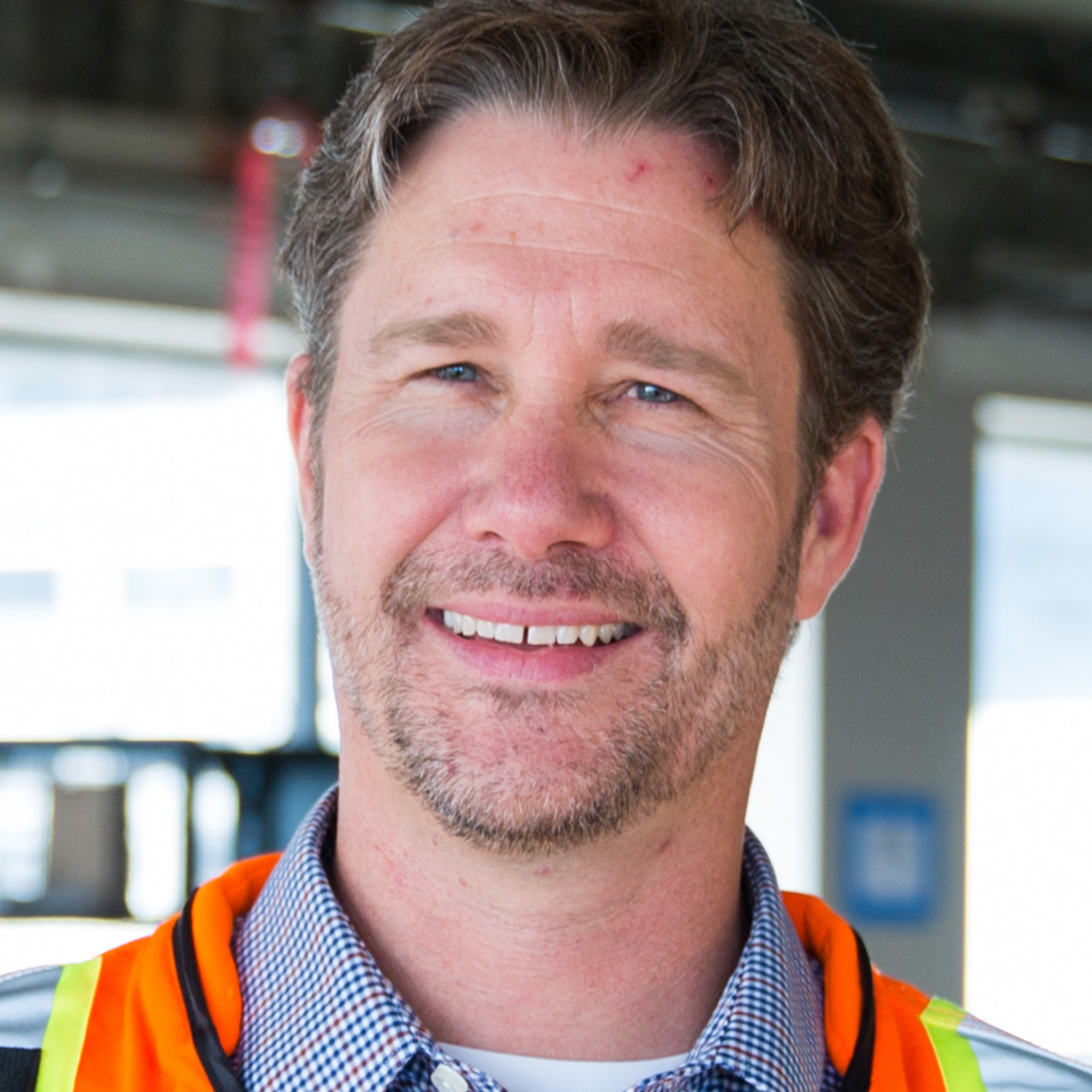Today may be the last day of Safety Week 2021, but the emphasis and promotion for maintaining our strong safety culture will always be a focus—after all, it is the foundation of who we are and our core values. Over the course of the week, we have welcomed our new Environmental Health & Safety Manager, heard how we approached safety throughout the COVID-19 pandemic, and highlighted two project teams for their efforts managing challenging safety situations—only a few of the many stories worth celebrating. However, there is an important topic we have yet to cover: Psychological Safety.
What is psychological safety, and how do we define it? Here at Dome, we believe psychological safety is all about fostering an environment where people feel comfortable and can speak up without fear of reprisal. It is an environment where feedback is shared openly and regularly, and individuals have no doubts about the value they bring to the organization. The need for creating a psychologically safe workplace is essential to our business, an inclusive culture, and rooted in our Core Values: Valuing our People, Seeking to Understand, and Doing it Right.
To understand how Dome approaches psychological safety, the benefits, and where we are along the journey, we sat down with Melissa Berg, Director of Inclusion, Culture, and Engagement; Michelle Austin, Director of Human Resources, Brent Miller, Director of Risk Management, and Burr Cota, Executive Coach, and longtime partner of Dome.
The first thing we wanted to know was how we were doing. We wanted to understand what efforts were put in place to create a psychologically safe space. The consensus among the group was that Dome has been making great strides. Melissa Berg credited the decision made three years ago by the leadership team to make culture the centerpiece of Dome’s strategic plan. “We decided in this meeting that the most important thing we build are relationships both internally and externally,” she mentioned. Since making culture and relationships a priority, we have already directed a lot of time and resources to implement programs and awareness trainings. “Just having Melissa Berg in this new role as Director of Inclusion, Culture, and Engagement will only help propel us forward, faster in creating a safer place for all of our employees. There are so many opportunities to do more,” Brent Miller, chimed in.
The shift to ensure we were enhancing our culture started with Dome’s understanding that being a safe, diverse, and equitable business was not a nice-to-have but a necessity. With this mindset, it wasn’t a question of when, but how.
Over the last several years, there has been a prioritization for educating the leadership team. To create a shift in thinking, it needed to start from the top—with more awareness, demonstrating the inclusivity and safety we wanted to see spread across the organization. Michelle Austin explains, “As leaders of the company, we have an obligation to set the stage for how we create that safe environment. We must lead by example, and the whole team is responsible for holding each other accountable. If we see or hear something, we are setting that example and speaking up at the moment.” According to Burr Cota, “When an organization prioritizes psychological safety, they are freeing and empowering all employees to show up every day, bring their best, have high engagement, and be connected to the organization’s purpose and WHY.” Burr goes on to say, “When organizations and teams are not operating from a place of fear and are not worried about what happens if they fail, the doors are open for them to look for creative approaches and problem-solving, which requires creativity and safety. The highest performing teams do a great job of this.”
To help us along our journey, we have leveraged outside resources, from Executive Coaches, like Burr Cota, programs through Lighthouse Leadership Development, Conscious Inclusion training with Dr. Kellie McElhaney, and most recently, a Lifecycle Inclusion and Diversity Assessment from Forshay. All of which provide education around improving the ways in which we provide a safe and inclusive workplace.
In addition to our external partners and resources, we have put a great deal of effort into emphasizing the importance of 1:1s— getting direct time with your supervisor in which you are giving and receiving feedback and setting up goals for your next steps in your career. In these meetings, we encourage employees to engage in crucial conversations and be active listeners. “Teams who have a high level of psychological safety aren’t overly fearful of giving and receiving feedback. It has to happen if an organization is going to truly achieve excellence; they have got to receive feedback openly and freely,” Burr adds.
With the formation of our Group and Assistant Group Superintendent roles, we saw a rise in the 1:1’s on our field staff, “Being able to be heard, understand where they are struggling or how we can better support them, from my perspective, has been really successful and will only continue to get better,” Brent adds. Additionally, Dome offers various internal resources, programs, and events for our people to feel heard. Our Department of Innovation and Learning’s Foundation Series, LEAN Coffee Conversations, and Women’s Leadership Committee events, name a few.
In March 2020, when the COVID-19 pandemic shook the world, halting everything where it stood, companies’ responses varied. For Dome, the approach was transparency. In late March, we held our first town hall; Burr remembers, “What Rob Lynch, Dome’s CEO, and the Sr. Leadership team did at that moment was create transparency, and they allowed themselves to be vulnerable saying—’Hey, this is scary.’ Many leaders shy away from that, they want to paint a rosier picture of things, but Dome didn’t do that. That kind of vulnerability not only humanizes Rob and the Sr. Leadership team but helps people feel connected. There are two foundational aspects of building trust and building relationships with people: transparency and vulnerability—two things Dome does really well.”
So, why does this matter? “Psychological safety is really critical for our diversity, and we know that diversity only makes us strong, not to mention, studies over and over prove that innovation and creativity don’t exist when people don’t feel safe to express themselves,” Melissa explains. Simply put, it is who we are and what we fundamentally believe. As an organization, we are innovators, creators, problem solvers, and relationship builders, and without prioritizing psychological safety, diversity, equity, and inclusion, those attributes cannot survive nor thrive.
